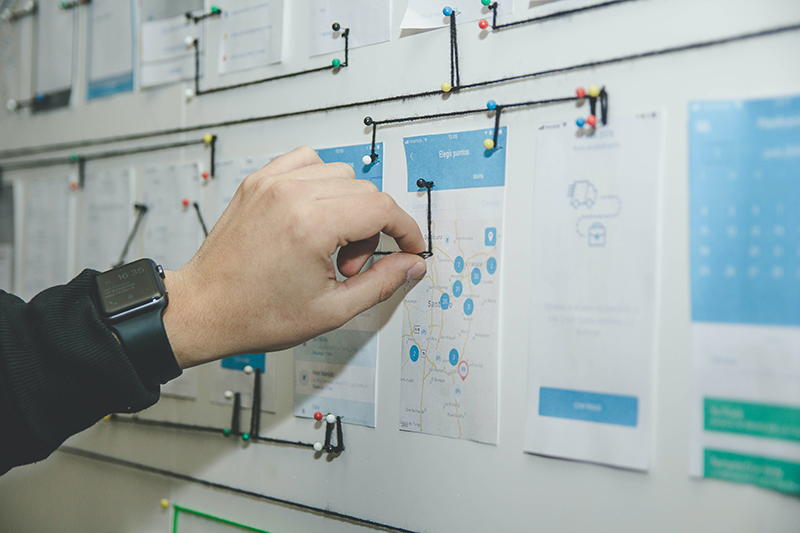
The modern workplace is abuzz with the relentless ticking of the clock and the rhythmic pattern of employees clocking in and clocking out. As we scroll through the latest updates on Twitter, we cannot help but notice the trending discussions on how time attendance systems are revolutionizing the way companies track their workforce’s hours.
In the era of digital transformation, a shift from manual time cards to sophisticated time attendance software has become a necessity rather than a luxury. Why? Due to the precision, efficiency, and simplicity these systems provide in monitoring employee attendance. The age-old ritual of punching a time card has been given a facelift, making “clock in/clock out” not just an action but a seamless part of the workday.
Let’s start with the basics. What is a time attendance system? In essence, it is a systematic method for tracking and recording when employees start and end their work hours, a digital time card of the modern era. This system ensures accurate records of employees’ work hours, which is crucial for payroll, compliance with labor laws, and the overall management of working hours.
The integration of time attendance systems into the workplace has seen a marked improvement in the accuracy of payroll calculations. Employees who consistently clock in and clock out provide a clear and indisputable record of their working hours, which leads to fair and precise remuneration. Gone are the days when time cards required manual verification, and errors could slip through unnoticed.
One key feature of these platforms is the scheduling aspect. The electronic roster, a dynamic and interactive schedule, enables managers to allocate work hours with precision and ease. Rostering isn’t just about filling slots; it’s about understanding the peaks and troughs of business needs and matching them with the ebbs and flows of workforce availability. These rosters are more than just a list; they are the roadmap for a well-oiled machine, ensuring that the right person is in the right place at the right time.
However, any system’s effectiveness lies in its adoption and proper use. The familiarity and discipline of employees with the procedures—clocking in when they arrive, taking breaks, and clocking out when they leave—are vital. The time attendance system needs to be an integral part of the workplace culture, as indispensable as the coffee machine or the water cooler.
While there are many advantages to time attendance systems, no solution is without its potential pitfalls. “Buddy punching”—when one employee fraudulently clock in/clock out for another—used to be a common issue. Thankfully, modern systems combat this with biometric authentication and geolocation tracking, ensuring that the person clocking in is indeed who they say they are.
Aside from tracking clock in/clock out times, time attendance systems often offer data analysis features. Managers can generate reports and gain insights into attendance patterns, frequently late arrivals, or early departures, and make informed decisions about workforce management. These analytics can, in turn, identify opportunities for improving operational efficiency, and perhaps even employee satisfaction.
In today’s fast-paced work environment, the time attendance system is further enhanced by its mobile compatibility, allowing employees to clock in and clock out remotely. This feature is indispensable for remote or field workers, providing them with flexibility while ensuring accountability regardless of their location. The assurance that regardless of where the work takes place, the time card will accurately reflect an employee’s efforts is truly a game-changer.
Another aspect that is often discussed alongside time attendance is compliance. With regulations varying from one jurisdiction to another, keeping track of worked hours is essential. The automated time card and rostering functionalities embedded within time attendance systems maintain accurate records that meet legal standards, thus protecting both the employer and the employee.
With all the talk about tracking and efficiency, one might wonder if these systems eliminate the human touch. The answer is quite the contrary. With tedious administrative tasks taken care of, HR professionals and managers can focus on what’s truly important: nurturing the growth and well-being of their team. Think of the time attendance system as a reliable assistant, always ensuring everyone is accounted for, so you can focus on leading and inspiring
Now, let’s talk about Clockgogo, a cloud-based time attendance system that’s grasping attention for its advanced features and user-friendly interface. It’s a solution that promises to streamline the clock in/clock out process, minimize errors, offer real-time tracking, and provide a simple way to handle those complex time card and roster issues. Clockgogo stands out as a reliable tool for businesses looking to embrace technology for better workforce management

